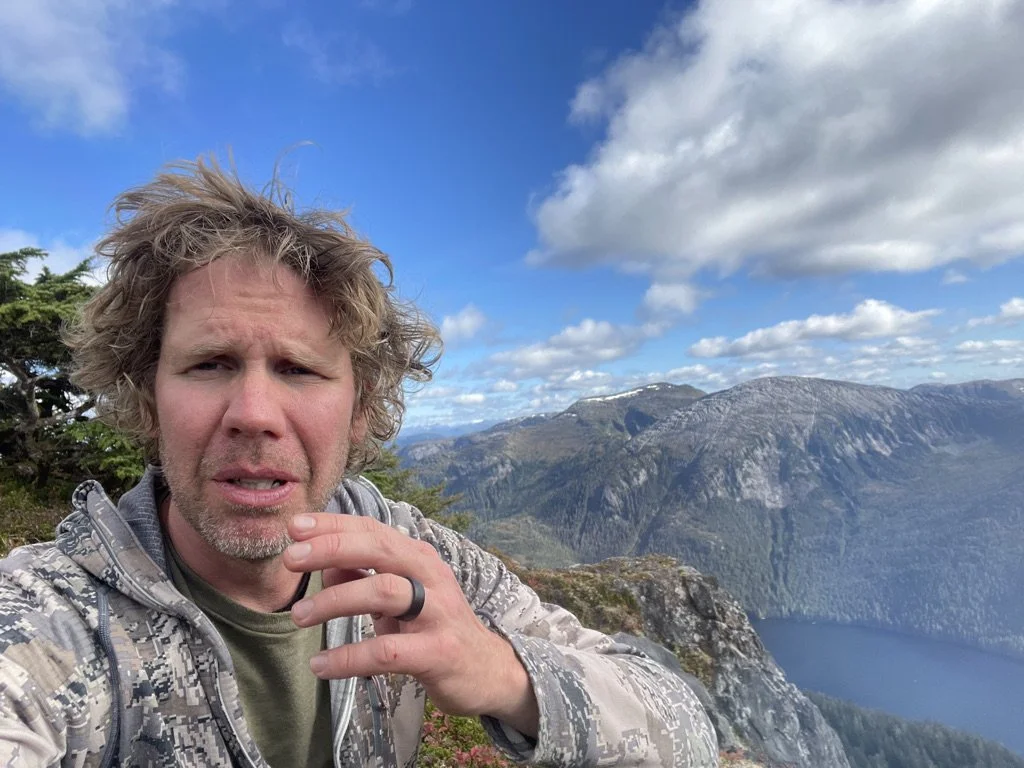The key to story time
I remember when underwater cameras became ubiquitous, meaning anyone with $100 could get a little handheld Kodak Playsport and capture subsurface action. But that was before Instagram so the world wasn’t able to get a look at so many photos and clips with such bad composition. It also meant that the professionals weren’t the only ones who could get a look under water.
Drones have proliferated in outdoor photography as well as the hunting realm which brings a unique documentation opportunity – not to mention ethical and legal elements. The thing is, drones, like underwater cameras before them, aren’t typically the difference between a quality film/video/episode or post.
I have becoming increasingly interested in why I like certain hunting and fishing films but not others, and think I have fleshed-out my reasoning. To be clear, just because I don’t like something doesn’t mean it’s bad.
A good hunting film comes down to creativity, storytelling and the protagonist. Film length doesn’t really matter. Two great films I watched recently were under 15 minutes, and one of my favorites ever has no words and is only eight. I saw a 47-minute film about caribou hunting which didn’t feel drawn out, repetitive or otherwise distracting. I suffered through one that was over an hour long, but only 46 minutes was the actual hunt. It was largely forgettable. Two big names in the industry shooting caribou. By minute 15, I was rooting for the caribou.
Creativity and story should be closely aligned. A good visual product is about good storytelling. Beautiful, thorough B-roll doesn’t make up for a lack of creativity or storytelling. Pointless, random clips with an expensive camera are just pointless, random clips with an expensive camera. There were scenes in Avatar 2 that seemed like I was watching Blue Planet on BBC, not a movie with characters and plot. It was a beautiful graphics flex. It didn’t necessarily advance the plot, but it was impressive to watch.

